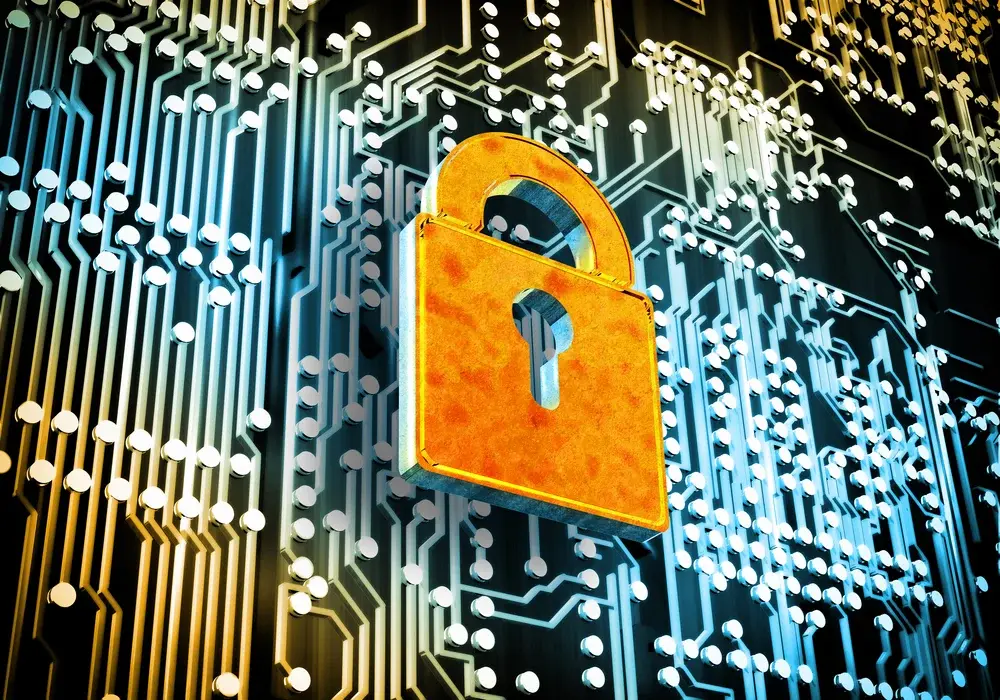AI in education: Finding your AI systems and categorising them for risk
The use of AI is being increasingly regulated (particularly in the education sector), to counter the risks and challenges that the use of AI in...

Cybersecurity is a key consideration for schools, given the large amounts of children’s data they hold (which makes them a key target for cyber attackers). But how does AI affect cybersecurity for schools?
This article is part of a series of insights from 9ine exploring the impact of Artificial Intelligence (AI) in education. From the opportunities it can bring, to the potential risks and challenges it creates where not implemented appropriately, this series will bring you up to speed and provide practical tips to remain compliant and ethical when using AI in education.
In our previous articles, we explored the opportunities that AI creates in education but also the risks and challenges it presents. To celebrate cybersecurity Awareness Month, this article focuses on the impact on cybersecurity of AI in education. Cybersecurity is not a new concept for schools, but with the increasing use of IT and because they are a prime target for cybercrime, it is important that schools educate themselves on the threats which AI poses to cybersecurity.
Schools are lucrative and vulnerable targets for cyber attackers (who seek to gain access to personal data and/or sensitive information) for a number of reasons:
The good news is that AI brings a lot of benefits to the field and can help schools with cybersecurity by:
Whilst there are a number of ways in which AI can support schools with their defence against cybersecurity threats, as with most technologies, for every good purpose AI can also be used for a nefarious one and cyber criminal organisations have already invested in AI to launch large-scale, targeted cyber attacks against schools. In 2023, 347 cyber events were reported in the education and childcare sector to the UK Information Commissioner’s Office - an increase of 55% in 2022. With attacks on the rise here are some of the ways that cyber attackers are using AI:
Schools need to be focused on cybersecurity, and the impact of AI on this, both the positives and the negatives to protect their network from cybersecurity threats. Schools need to make sure they have the correct expertise and resources in place to protect themselves and build funding narratives and cybersecurity budgets for these if not.
In addition to Cyber Security Testing, Cloud Security Assessments and Penetration Testing at 9ine we offer a number of products and services that can help schools with the challenges that AI presents for cybersecurity, specific solutions include:
In our next article, we will take a look at the approaches regulators are taking to AI globally and recap our recent Webinar: ‘The Impact of AI Regulations on Schools – Exploring the EU AI Act and Global Trends for Responsible Use of AI in Education’. You can watch a recording here.
9ine equips schools to stay safe, secure and compliant. We give schools access to all the expertise they need to meet their technology, cyber, data privacy, governance, risk & compliance needs - in one simple to use platform. For additional information, please visit www.9ine.com or follow us on LinkedIn @9ine.

The use of AI is being increasingly regulated (particularly in the education sector), to counter the risks and challenges that the use of AI in...

Whilst there are many opportunities to be realised from using AI in education, its use also has the potential to create new (and exacerbate existing)...

Cybersecurity can be daunting at the best of times, but it doesn’t have to be. When we speak of the term ‘cybersecurity’, we are actually speaking of...